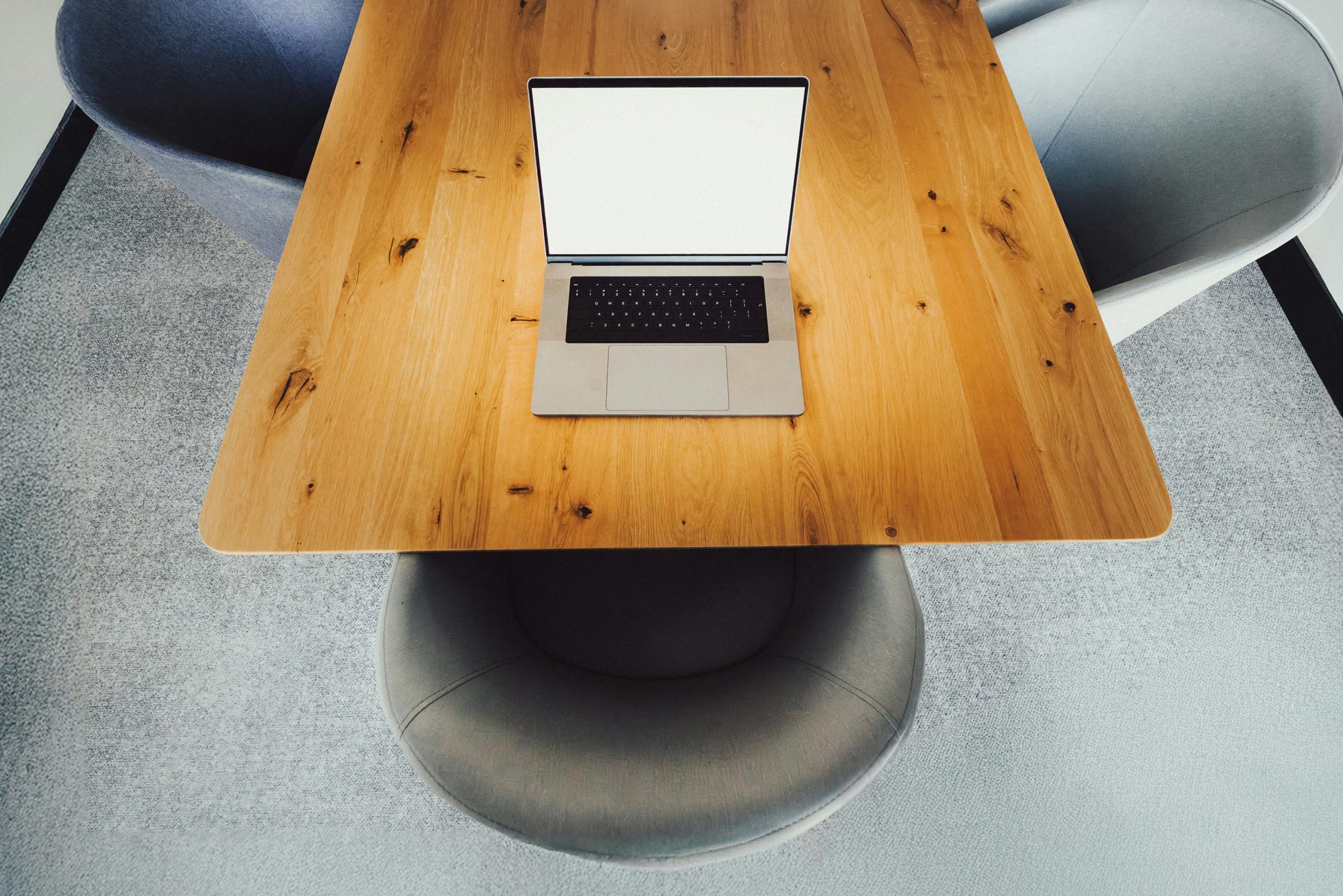Troubleshooting BIOS Access: When the Startup Screen Fails to Appear
Encountering difficulties accessing your BIOS can be a frustrating experience, especially when the startup sequence doesn’t display as expected. Recently, I faced a similar challenge and wanted to share insights that might help others in the same situation.
The Scenario
While attempting to modify BIOS settings on my ASUS Prime B350M-A motherboard, I noticed that the monitor only displayed relevant information once the password prompt appeared. This meant I couldn’t see the initial POST (Power-On Self Test) screen, making it challenging to verify that my system was booting correctly or to navigate BIOS menus effectively.
Hardware Configuration
- Motherboard: ASUS Prime B350M-A
- Graphics Card: AMD Radeon RX 6600 XT
- Monitor: 1080p, 120Hz monitor
- Current Connection: DisplayPort (after HDMI port failure on GPU)
Diagnosing the Issue
The core problem was that the BIOS screen, which typically appears immediately after powering on the system, was not visible on the monitor. Instead, only the password entry screen or subsequent prompts showed up. This behavior often stems from display detection issues during early POST stages or compatibility problems between the GPU and the monitor.
Potential Causes and Solutions
-
Display Output Compatibility:
Modern GPUs and motherboards sometimes struggle with certain display outputs during POST. In my case, the HDMI port on the GPU had failed, limiting options. Switching to DisplayPort, which generally offers better compatibility with early POST screens, resolved the issue. -
Monitor Configuration:
Ensure the monitor is set to the correct input source—especially when switching connections. Verify that DisplayPort input is selected to see the BIOS screen. -
BIOS Settings Related to Graphics Output:
Check for any BIOS configurations that might prioritize certain outputs or enable integrated graphics (if available). If available, enabling integrated graphics or adjusting output priority can sometimes resolve display detection issues during startup. -
Update BIOS Firmware:
Updating your motherboard BIOS to the latest version can improve hardware compatibility and resolve display detection bugs. -
Check Hardware Connections:
Ensure all cables are securely connected and that the DisplayPort cable and monitor are functioning correctly. Testing with a different cable or monitor can help identify faulty hardware.
Additional Tips
- If your motherboard has multiple display outputs, try connecting to a different port.
- For cases where onboard
Share this content:



